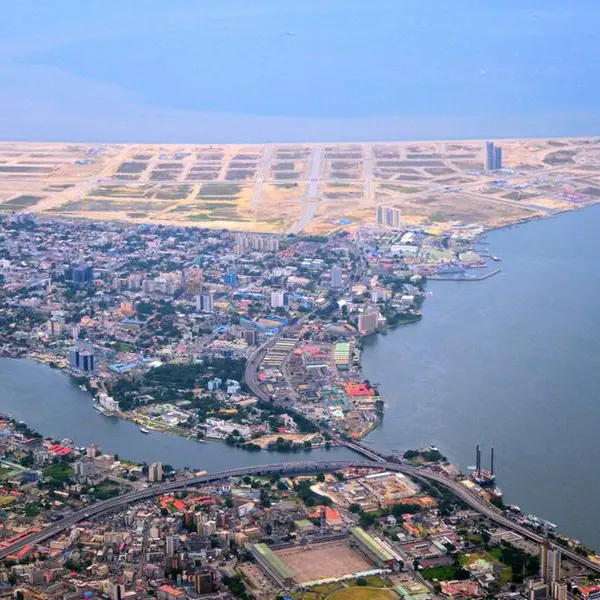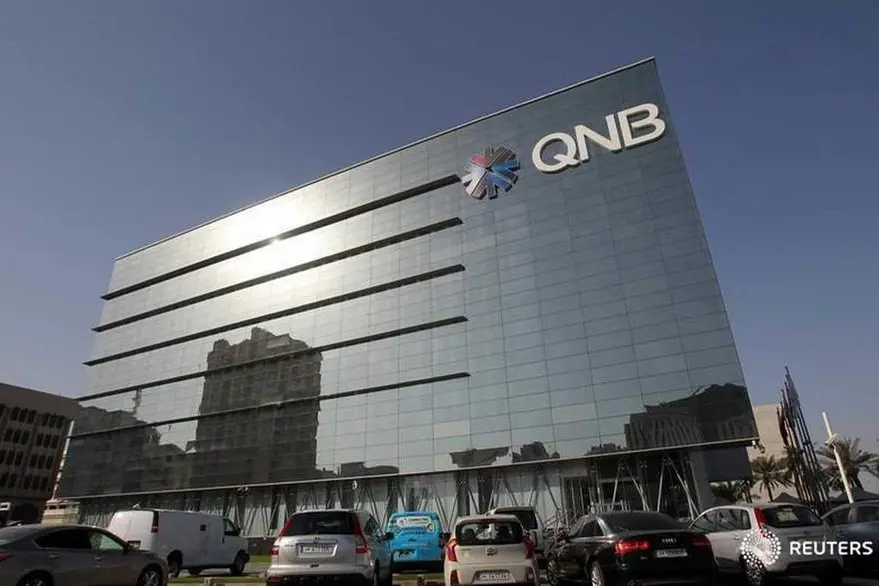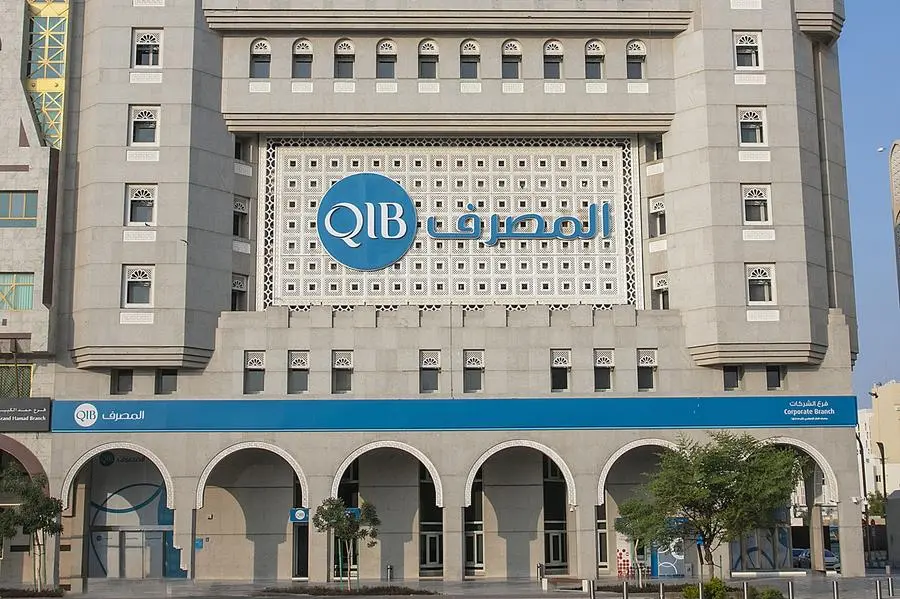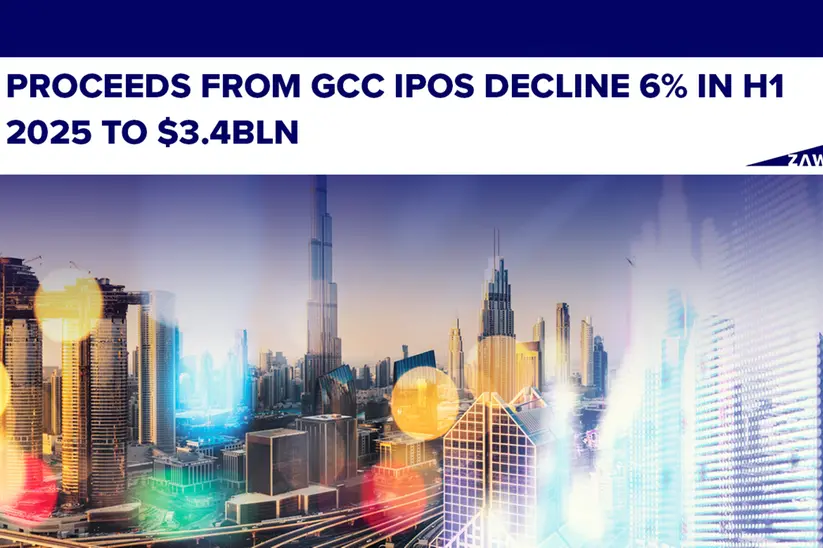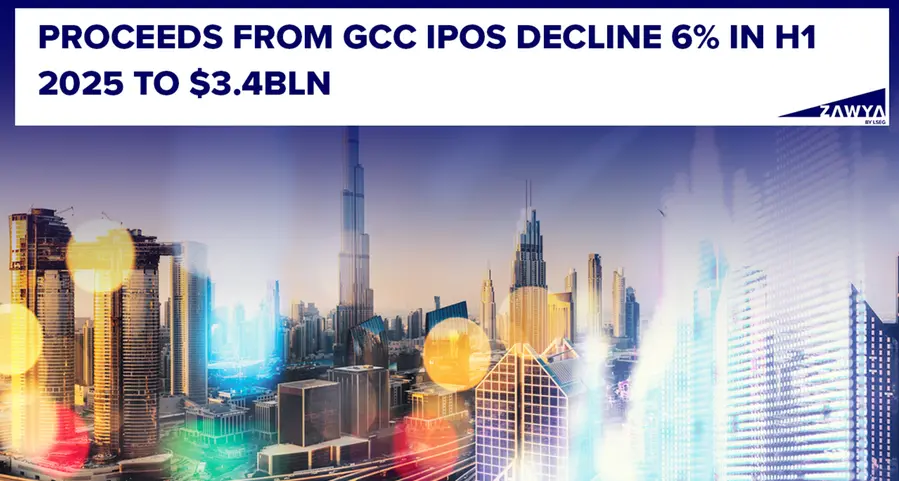PHOTO
A long exposure photo of Nairobi from an aerial view. Getty Images Image for illustrative purpose
Kenya’s bilateral trade deal with European Union is facing fresh scrutiny over claims that it violates the East African Community Common External Tariff.
The Economic Partnership Agreement (EPA) between Kenya and the EU that came into force in 2024 after Nairobi signed a similar arrangement with the United Kingdom. Both deals are being assessed on the wavelength of Common External Tariff (CET), according to a brief from the East African Business Council, the bloc’s private sector lobby.
EABC criticised Kenya for signing these deals with third parties without taking into consideration the EAC Customs Union and the Common Market, which require uniformity in imports from outside East Africa.
Ideally, Kenya has argued variable geometry, a principle that allows members of a bloc to negotiate and accede to a common trade agreement with another bloc. The EU had initially wanted a bloc-to-bloc arrangement, seeing potential markets in the region for its goods.
Read: Kenya looks to EU for more exports amid Trump tariffsBut, as Kenya is the only Lower Middle-Income economy in the EAC, it needed the deal as fast as possible to avoid facing tariffs in Europe.
EABC has taken issue with the deals, saying they are based on the EAC CET, 2017 edition, which was structured in three bands. The bloc is currently implementing the EAC CET version, which has four bands.
The lobby argues that the deals distort trade by allowing free access of goods from 22 European countries and the UK, which otherwise need to be taxed.“The EAC partner states have found it difficult to collectively negotiate and finally concluded reciprocal trade agreements as the bloc with third parties outside Africa. A notable example is the EAC-EU Economic Partnership Agreement (EPA) and the EAC-UK EPA with Kenya,” said Adrian Raphael Njau, acting EABC executive director.“Third-party agreements must align with EAC objectives while being sensitive to development disparities among partner states. Dual classification of development of partners should be used as strengt, not weakness, when negotiating trade agreements with third parties.”While Kenya is implementing the reciprocal EPAs with EU and UK, the other EAC partner states are using nonreciprocal GSP (Generalised System of Preferences) schemes to access the EU and UK markets. GSP are special programmes where developed countries grant preferential treatment to products imported from developing countries, often excluding military weapons.“There is fear among the EAC private sector that these separate individual trade agreements are being concluded without following the procedures and principles set out by EAC CU, which may subsequently create mistrust among EAC partner states as well as distorting the EAC CET – the EAC tariff wall for the region,” he said.“Individual countries having separate tariff concessions with third parties which is different from the existing EAC CET may compel other partner states to restrict free circulation of goods to mitigate trade deflection.”The EAC Customs Union Protocol requires the Community to coordinate its trade relations with foreign countries so as to facilitate the implementation of common policy in the field of external trade.
The main purpose is to ensure that the EAC CET is uniformly implemented by all partner states.“The CET as a key instrument of EAC Customs Union ensures there is a common duty for goods entering the EAC Customs Territory from Rest of the World,” Mr Njau said.
He pointed out that the EU and UK products access the Kenyan market using Kenya’s tariff concessions, which are based on the 2017 version, while EAC partner states are implementing the 2022 version after a comprehensive review.
The EAC CET 2017 version was structured in three bands: 25 percent for finished goods, 10 percent for intermediate goods, and 0 percent for raw materials, essential, and capital goods.
It included a limited number of products on a sensitive list that attracted rates above the maximum 25 percent, ranging between 35 percent and 100 percent.
The 2022 version is structured under four bands: 0 percent for raw materials, essential, and capital goods; 10 percent for intermediate goods; 25 percent for finished goods not sufficiently available in the EAC; and 35 percent for finished goods sufficiently available in the region.
The tariff structure also includes a sensitive list, which attracts higher tariffs ranging between 50 percent and 100 percent.
The primary difference between the two versions of the EAC CET is the introduction of a fourth band in the 2022 version, comprising 496 tariff lines that attract a 35 percent import duty.“EAC Partner States should analyse the implications of existing EPAs in the region for EAC commitments and the African Continental Free Trade Area (AfCFTA),” he said.“To uphold EAC commitments to implement a common external trade policy and progress made in the Customs Union and Common Market, EAC Partner States, as a bloc, should explore options for collectively reviewing EPAs with the EU and UK.”Tanzania and Uganda are yet to agree on whether to sign the EPA with Brussels on the grounds that it would require them to open up their own economies to European firms.
But Kenya’s Trade Cabinet Secretary Lee Kinyanjui has defended Kenya-EU-EPA saying failing to sign the deal would have locked Kenya’s free market access to the 22-member country market for Kenya’s exports.“The dual categorisation of EAC Partner States, with Kenya classified as a non-Least Developed Country (non-LDC) and the others as Least Developed Countries (LDCs) compelled us to negotiate the trade deals separately,” said Kinyanjui.
Through the Generalised Scheme of Preferences (GSP), LDCs enjoy Duty-Free, Quota-Free (DFQF) access to the EU and UK markets under the “Everything but Arms” (EBA) pillar of the GSP.
Kenya is offered lower-than-Most-Favoured-Nation (MFN) import tariffs on approximately 66 percent of tariff lines applied by the EU.
To ensure continuity and certainty in trade relations between Kenya and the UK, both parties negotiated a reciprocal Kenya-UK EPA, which was primarily based on the EAC-EU EPA.
In the recent past, the USA has also in the past raised concerns about the implementation of the CET in trade with Kenya.
According to US officials, high import taxes and complex regulatory procedures are limiting the competitiveness of American maize in Kenya, a key market in the region.
© Copyright 2022 Nation Media Group. All Rights Reserved. Provided by SyndiGate Media Inc. (Syndigate.info).





